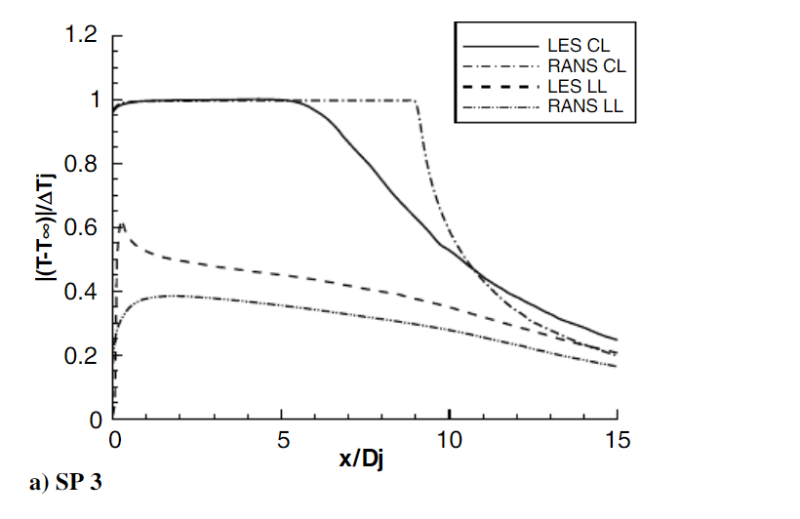BigChungus
Mechanical
- Oct 9, 2024
- 5
If saturated steam at a pressure of 5 bar leaks out of a pipe, there is a visible cloud of condensate. How do you calculate the temperature of the condensate at a distance of 1m from the leak?
Follow along with the video below to see how to install our site as a web app on your home screen.
Note: This feature may not be available in some browsers.

thank you, yes i have noticed this tooSteam leaks will entrain air - at whatever temperature - from countless tiny vortices, 360* in the steam plume, along it's length. This cools the steam VERY rapidly. I have direct experience in the type of situation described by the initial poster. There was a steam leak in a 30 PSIG (2 barg) building heating line in a plant I worked in. We were in the middle of a cold spell (minus 40 degrees) which is typical for a couple of weeks every winter here. We were not shutting the building heating system down under these conditions unless it was a very dire situation. I had made this clear to everyone I spoke with. The production people were quite excited, and got the safety manager involved. He & I went to the "scene of the crime", and I reached up, and put my bare hand into the outer edge of the visible "steam" plume, about 3 feet (1 metre) from the leak. His eyes widened. I told him that it was cold. I slowly moved my bare hand into the plume. A foot or so from the leak, the condensing steam was still COLD on my hand. Note that I DID NOT put my bare fingers very close to, or actually ON the leak. I invited the safety manager to try it - he looked horrified, and declined - even when I held my hand up for him to see that I was fine. We waited until the cold spell passed, then shut the system down, and repaired the leak. The production people carried-on working - and grumbling - during that time.
I'm an old steam guy - and this is my personal experience - take from it what you will. If you want a real world temperature of the leak at "whatever" distance from the pipe, fasten a thermometer to a suitable piece of rod, and hold it in the "steam" plume at various distances from the point of leakage. Read the temperatures, and take whatever course of action you deem necessary for the circumstances - physical and/or political - that you're dealing with.
Thanks FMJalink, I suspected this to be the case...Hi BigChungus,
I am afraid your question is a difficult one to be solved. The first cooling will be from the expansion in the jet leaving the hole in the wall or at a gasket, but straight afterwards the mixing with ambient air starts and leads to condesation which will be the determining factor for cooling down to an allowable temperature.
There are publications with differential equations to be solved to get an impression of the temperature development, but they are rather heavy stuff and ask quite somewhat programming. Could be that a commercial numerical software package can simulate this condensing jet. If so, a party could provide you with the information.
A first approach could be looking at a non condensing free jet, but I have the feeling that condesation has a large impact on the temperature development along the jet streamline.
Just look a5 pictures or videos of steam engines releasing steam, you see there first a jet and then a cloud is generated, which is much wider.
Success
